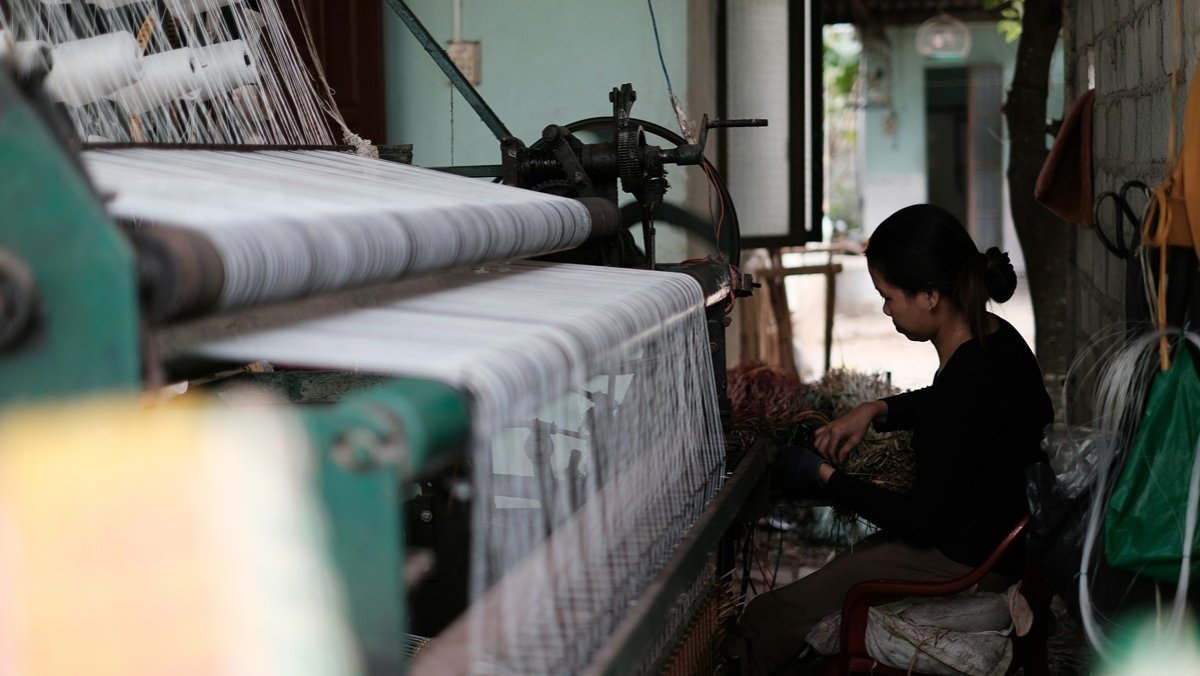Vietnam Moves to Reduce China Dependence, Eyes New Partnerships in Footwear Supply
The vast majority of Vietnamese manufacturers are concerned about the impact of Trump’s protectionist policies, specifically those that fall on the Asian country. Half already diversify their sourcing.


Vietnam is distancing itself from China at a critical moment of instability for world trade. Vietnamese companies, essential producers for the global fashion business, especially in the footwear segment, do not ignore the risk hidden behind an excessive dependence on the Asian country, and are increasingly betting on diversifying their suppliers.
According to a PwC study, 86% of the country’s manufacturers are very concerned about US President Donald Trump’s tariff policy, and 44% of the companies are already diversifying their sources of supply to other countries.
In this context, the country’s companies are focusing on improving their operational efficiency, automating processes to save costs. The aim is to protect long-term competitiveness with such actions, which are not dependent on third parties. Vietnam is essential for fashion giants such as Nike, which concentrates 24% of its global suppliers there, as well as for Gap, with 19.2% there.
Vietnam is essential for companies such as Nike and Gap, which have the bulk of their suppliers there
Currently, China is Vietnam’s preferred partner, as the country offshored part of its production to the territory. Trade between the two reached $204.9 billion in 2024, up 19.2% from the previous year. However, after China, the United States is its second largest trading partner, with an exchange of $134.6 billion, up 25.6%.
Despite its proximity to China, the key to long-term survival remains diversification, according to the consulting firm’s report. Forty-four percent of Vietnamese companies are already diversifying their sourcing to other countries, while 34% are negotiating terms with their existing suppliers.
Vietnam is a vital asset for the fashion industry, competing with Bangladesh for second place as the world’s largest textile exporter. At the end of 2024, its GDP was up 7.09% to $47.3 billion. Vietnam’s economy is the fastest growing in the Southeast Asian region, but even so, it is not immune to global geopolitical uncertainty.













